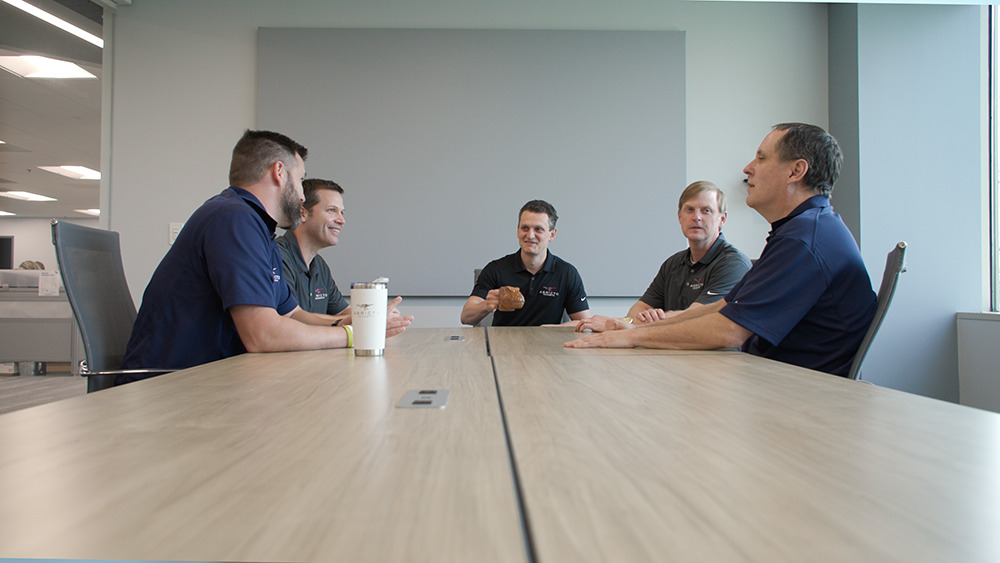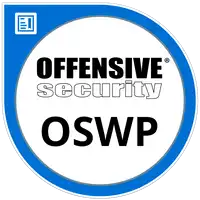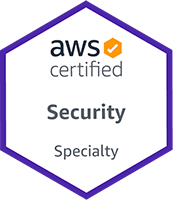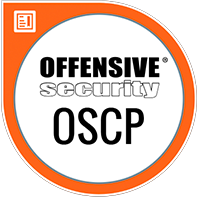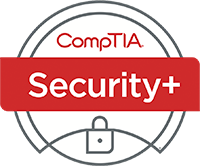Security
- Administrative access to production infrastructure is restricted based on the principle of least privilege. An Access Control and Termination Policy governs authentication and access to applicable systems, data, and networks.
- Security tools are implemented to provide monitoring of network traffic to the production environment.
- Service data transmitted over the internet is encrypted-in-transit. An Encryption and Key Management Policy supports the secure encryption and decryption of app secrets and governs the use of cryptographic controls.
- A list of system assets, components, and respective owners are maintained and reviewed at least annually. System owners conduct scheduled user access reviews of production servers, databases, and applications to validate internal user access is commensurate with job responsibilities.
Availability
- Business Continuity and Disaster Recovery Policy governs required processes for restoring the service or supporting infrastructure after suffering a disaster or disruption. The Business Continuity and Disaster Recovery Plan is periodically tested at least annually. When necessary, Management makes changes to the Business Continuity and Disaster Recovery Plan based on the test results.
- Full backups are performed and retained in accordance with the Business Continuity and Disaster Recovery Policy. Backed-up data is restored to a non-production environment at least annually to validate the integrity of backups.
Processing Integrity
- A Secure Development Policy defines the requirements for secure software and system development and maintenance.
- Development, staging, and production environments are segregated. Production data is not used in the development and testing environments, unless required for debugging customer issues.
- Baseline configurations and codebases for production infrastructure, systems, and applications are securely managed. A Change Management Policy governs the documenting, tracking, testing, and approving of system, network, security, and infrastructure changes. System changes are approved by at least 1 independent person prior to deployment into production. Software changes are tested prior to being deployed into production.
Confidentiality
- A Data Classification Policy details the security and handling protocols for sensitive data.
Privacy
- A Data Retention and Disposal Policy specifies how customer data is to be retained and disposed of based on compliance requirements and contractual obligations. Upon customer request, customer data is removed from databases and other file stores in accordance with agreed-upon customer requirements.
Vulnerability Management
- A Vulnerability Management and Patch Management Policy outlines the processes to efficiently respond to identified vulnerabilities.
- A 3rd party is engaged to conduct a network and application penetration test of the production environment at least annually. Critical and high-risk findings are tracked through resolution.
Organizational Management
- Senior management and meets at least annually to review business goals, company initiatives, resource needs, risk management activities, and other internal/external matters. The information security team meets at least annually to discuss security risks, roles & responsibilities, controls, changes, audit results and/or other matters as necessary.
- An Information Security Policy establishes the security requirements for maintaining the security, confidentiality, integrity, and availability of applications, systems, infrastructure, and data.
- Cybersecurity insurance has been procured to help minimize the financial impact of cybersecurity loss events.
- An Internal Control Policy identifies how a system of controls should be maintained to safeguard assets, promote operational efficiency, and encourage adherence to prescribed managerial policies.
- An Acceptable Use Policy defines standards for appropriate and secure use of company hardware and electronic systems including storage media, communication tools and internet access.
- Management is responsible for the design, implementation, and management of the organization’s security policies and procedures. The policies and procedures are reviewed by management at least annually.
- Information security roles and responsibilities are outlined for personnel responsible for the security, availability, and confidentiality of the system.
Communications
- Critical information is communicated to external parties, as applicable.
- A Privacy Policy to both external users and internal personnel. This policy details the company’s privacy commitments.
- A confidential reporting channel is made available to internal personnel and external parties to report security and other identified concerns.
- Descriptions of the company’s services and systems are available to both internal personnel and external users.
- Terms of Service or the equivalent are published or shared to external users.
Risk Assessment
- Formal risk assessments are performed, which includes the identification of relevant internal and external threats related to security, availability, confidentiality, and fraud, and an analysis of risks associated with those threats. A risk register is maintained, which records the risk mitigation strategies for identified risks, and the development or modification of controls consistent with the risk mitigation strategy.
- A Risk Assessment and Treatment Policy governs the process for conducting risk assessments to account for threats, vulnerabilities, likelihood, and impact with respect to assets, team members, customers, vendors, suppliers, and partners. Risk tolerance and strategies are also defined in the policy.
Incident Response
- An Incident Response Plan outlines the process of identifying, prioritizing, communicating, assigning and tracking confirmed incidents through to resolution. The Incident Response Plan is periodically tested via tabletop exercises or equivalents. When necessary, Management makes changes to the Incident Response Plan based on the test results.
